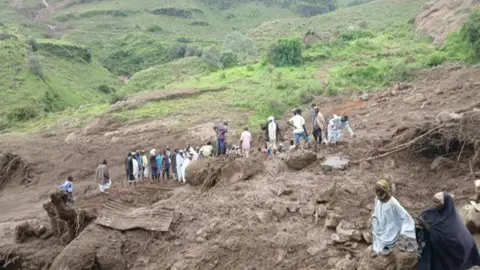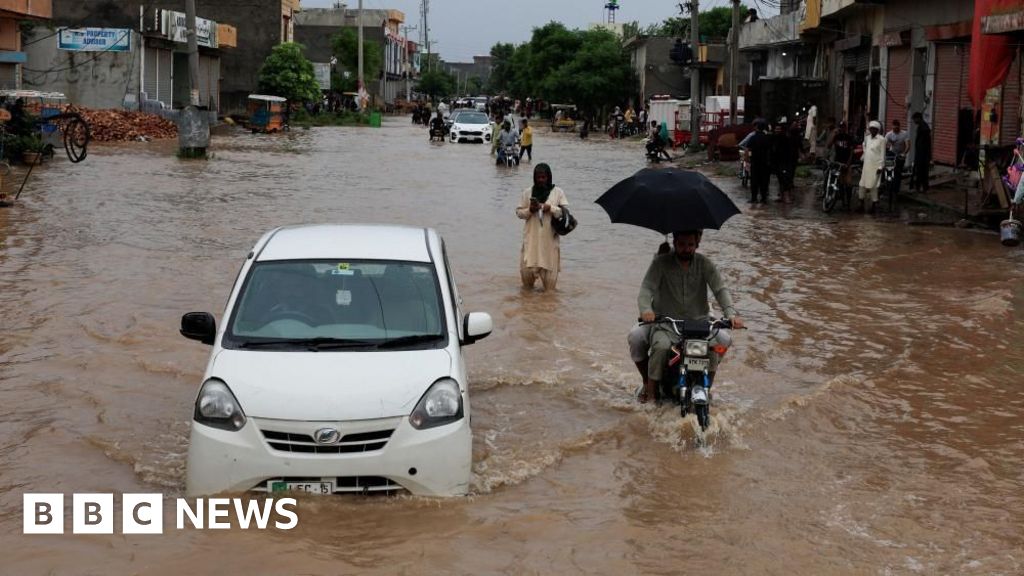A devastating storm system has swept through Oklahoma and Texas, bringing with it heavy rainfall and deadly flooding. On Wednesday, reports indicated that at least two individuals lost their lives as significant rain caused road closures and swept away vehicles.
The National Weather Service (NWS) cautioned that as the system progresses, additional thunderstorms are expected, with severe weather predicted for Thursday. Rainfall in certain areas of Oklahoma and Texas reached alarming levels – central and southern Oklahoma recorded as much as eight inches of rain, while parts of Texas received up to six inches.
The fatalities occurred in Pottawatomie and Lincoln Counties, where dangerous floodwaters immobilized vehicles. In Pottawatomie County, a man was swept away in his vehicle, prompting a rescue effort that left a deputy sheriff in a critical situation. He was subsequently hospitalized, while unfortunately, the victim was pronounced dead at the scene. Similarly, in neighboring Lincoln County, another individual was caught in rising floodwaters, resulting in a tragic loss, as confirmed by an Oklahoma Highway Patrol representative.
Forecasts predict an additional inch or two of rain for areas in southwestern Oklahoma and regions across the Red River into Arkansas, which could lead to further flash flooding. Rainfall rates could exceed one to two inches an hour, intensifying the risk of flooding in already saturated regions. Meteorologists anticipate the heaviest rains will arrive Thursday evening into the night, prompting increased concerns for residents in the affected areas.





















